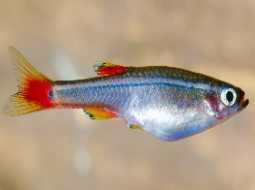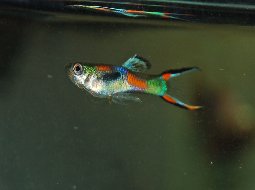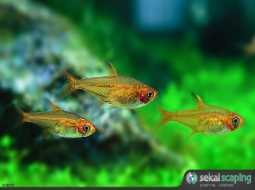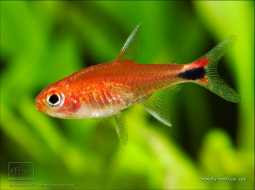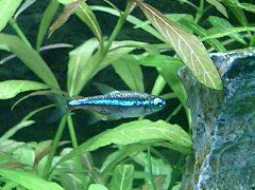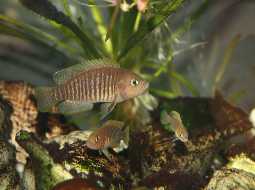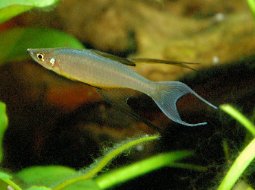
Loading Aqualapp ...
Care and Compatibility of Electric Blue Cichlid - Andinoacara pulcher
Introduction
The Electric Blue Cichlid (Andinoacara pulcher), also known as the Flag Cichlid, is a popular species in aquariums due to its beautiful coloration and interesting behavior. Native to Central America, this fish is known for its oval and flattened body shape, with long and elegant dorsal and anal fins. Their coloration ranges from shades of vibrant blue to yellow, making them stand out in the aquarium. They are medium-sized fish and can reach around 15 centimeters in length. They are relatively easy to care for and adapt well to a variety of water conditions.
Behavior
The Electric Blue Cichlid is known for its beautiful bright blue coloration and active behavior. It is a peaceful and social species that can adapt to various types of community aquariums. It is recommended to keep them in groups of at least 6 individuals to promote their well-being and reduce aggression among them. They are territorial fish and may display territorial behavior towards other fish in the aquarium. They are fast and agile swimmers, making them fascinating to observe.
Sexual Dimorphism
Sexual dimorphism in Andinoacara pulcher is minimal and difficult to distinguish. Both males and females have a similar appearance. However, during the breeding season, males may exhibit more pronounced territorial behavior and develop more intense colors.
Reproduction
In terms of reproduction, the Electric Blue Cichlid is a mouthbrooder, which means the female carries the eggs and fry in her mouth until they hatch. During courtship, the male will display courtship behavior and build a nest on the substrate. After spawning, the female will pick up the eggs in her mouth and incubate them for approximately 3 weeks. During this time, the female will not feed and relies on stored energy reserves. Once the fry hatch, the mother will release them, and they will begin to search for food on their own.
Aquarium Conditions
Andinoacara pulcher, also known as Electric Blue Acara, is a colorful and peaceful cichlid that requires a spacious aquarium with dense vegetation and open swimming areas. It prefers warm, slightly acidic water, with décor including rocks, driftwood, and sturdy plants. Maintaining water quality is important and providing a varied diet.
Feeding
When it comes to feeding, the Electric Blue Cichlid is omnivorous and will accept a variety of foods. It is recommended to provide them with a balanced diet that includes high-quality dry foods such as flakes and pellets, as well as live or frozen foods like daphnia, brine shrimp, and mosquito larvae. They also enjoy fresh vegetables such as boiled peas and blanched spinach. It is important to avoid overfeeding them and maintain a good balance in their diet.
Complexity
Caring for Andinoacara pulcher is moderately easy. They are hardy fish that can adapt to a variety of water conditions. They are omnivores and accept a variety of foods, but may become territorial during breeding. It's recommended to keep them in pairs or large groups to distribute aggression.
In case you need more help, or if you want to know into any topic related to the Andinoacara pulcher (Electric Blue Cichlid) and even any other species you can use the forums to ask what you need.
To do an analysis more detailed about coexistence and behavior of Andinoacara pulcher (Electric Blue Cichlid) use the Aquarium simulation tool, if you do this you can test different ways to combine the Electric Blue Cichlid with other fishes giving the dimensions and space on you aquarium, on this way you can known the optimal configuration for keep the fishes that you want.
You can also find out the 71 species compatible with the Andinoacara pulcher (Electric Blue Cichlid) can live together.
Note: The parameters of the water such as PH and temperature are also used to calculate the compatibility of the species.
Compatible species (71)
Compatible (17 Species)
Compatible without any restriction
Las especies territoriales por lo general pueden convivir con especies protegidas con coraza, ya que no pueden hacerles daño por su dura piel, lo que si hay que tener en cuenta es tener un acuario con dimensiones favorables para que cada pez pueda delimitar un territorio, ya que la mayoría de peces acorazados son también peces de fondo y les gusta estar buscando lugares donde ocultarse.
With Reservation (8 Species)
Compatible in some cases, it depends on the nature and personality of the fish.
Showdown over territory (13 Species)
Fish can live together as long as the space is spacious enough to delimit a territory, otherwise there may be aggressions for competing for the territory.
Como a estos peces les gusta estar refugiados en diferentes ubicaciones del acuario ya sean en plantas, troncos, rocas etc, si otro pez intenta entrar donde está escondido podrían haber confrontaciones por ese refugio.
Considerable size difference (33 Species)
They can coexist while they are similar in size or the size difference is not very abysmal, since as the fish grows it increases the chances of eating its partner that did not grow much.
Electric Blue Cichlid
Andinoacara pulcher
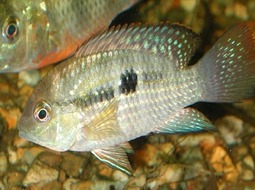
- Ph: 6 - 7.5
- Temperature (c°): 22 - 27
- Measures: 16 cm - 20cm
- Aquarium Capacity:
80 Liters - 21 Gallons - Alimentación: Carnivores
- Colores: Blue, Green, Red
- Comportamiento: Likes to take refuge, Semi Aggressive, Territorial
- Habitad: American
- Morfología: Thorns or pointed
- Preferencias del Acuario: Caves, Natural plants, Rocks
- Tamaño: Medium
- Taxonomía: Cichlids, Fish
- Tipo de Agua: Sweet water
- Velocidad de nado o movimiento: Normal
- Zona de Nado: Swim in the middle of the aquarium





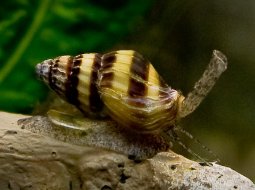
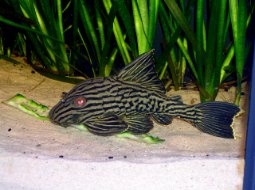



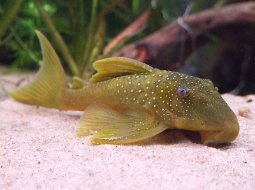

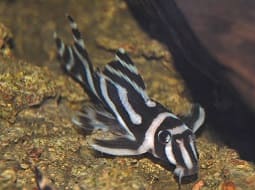


.jpg)
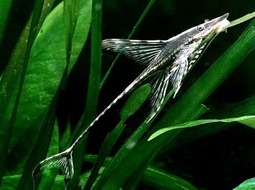


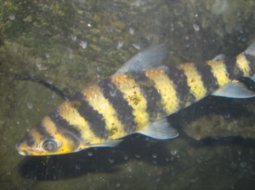
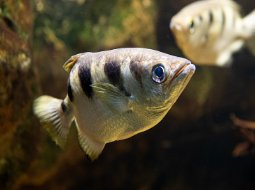

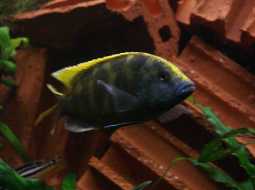





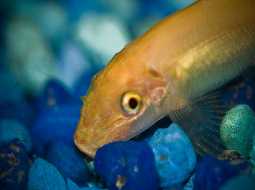

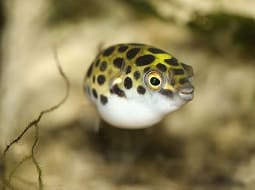




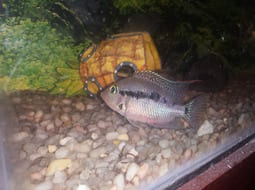

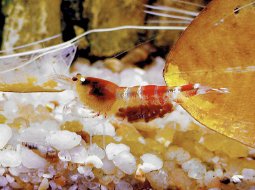






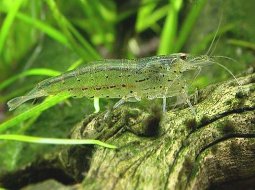
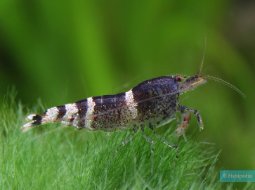



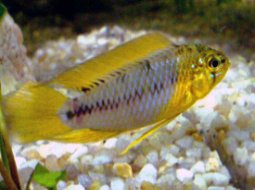
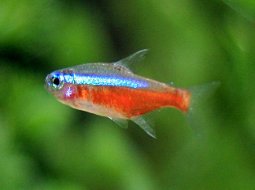

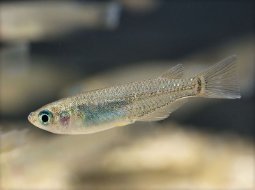
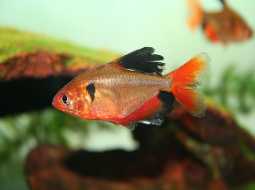
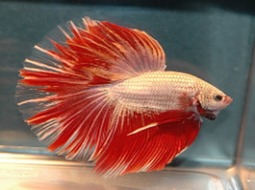
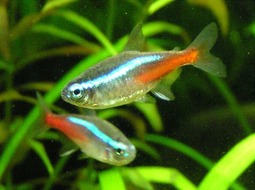
.jpg)

